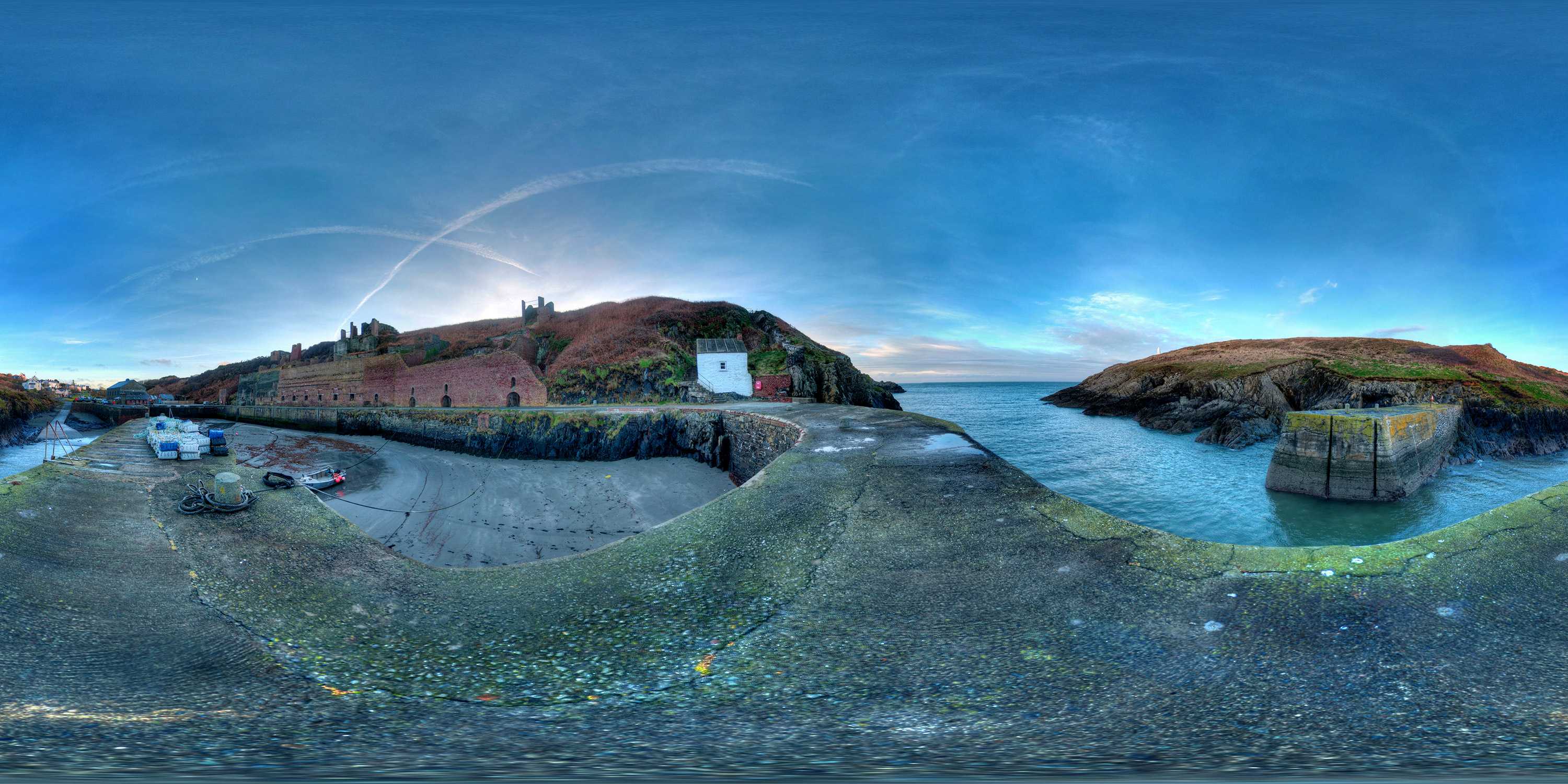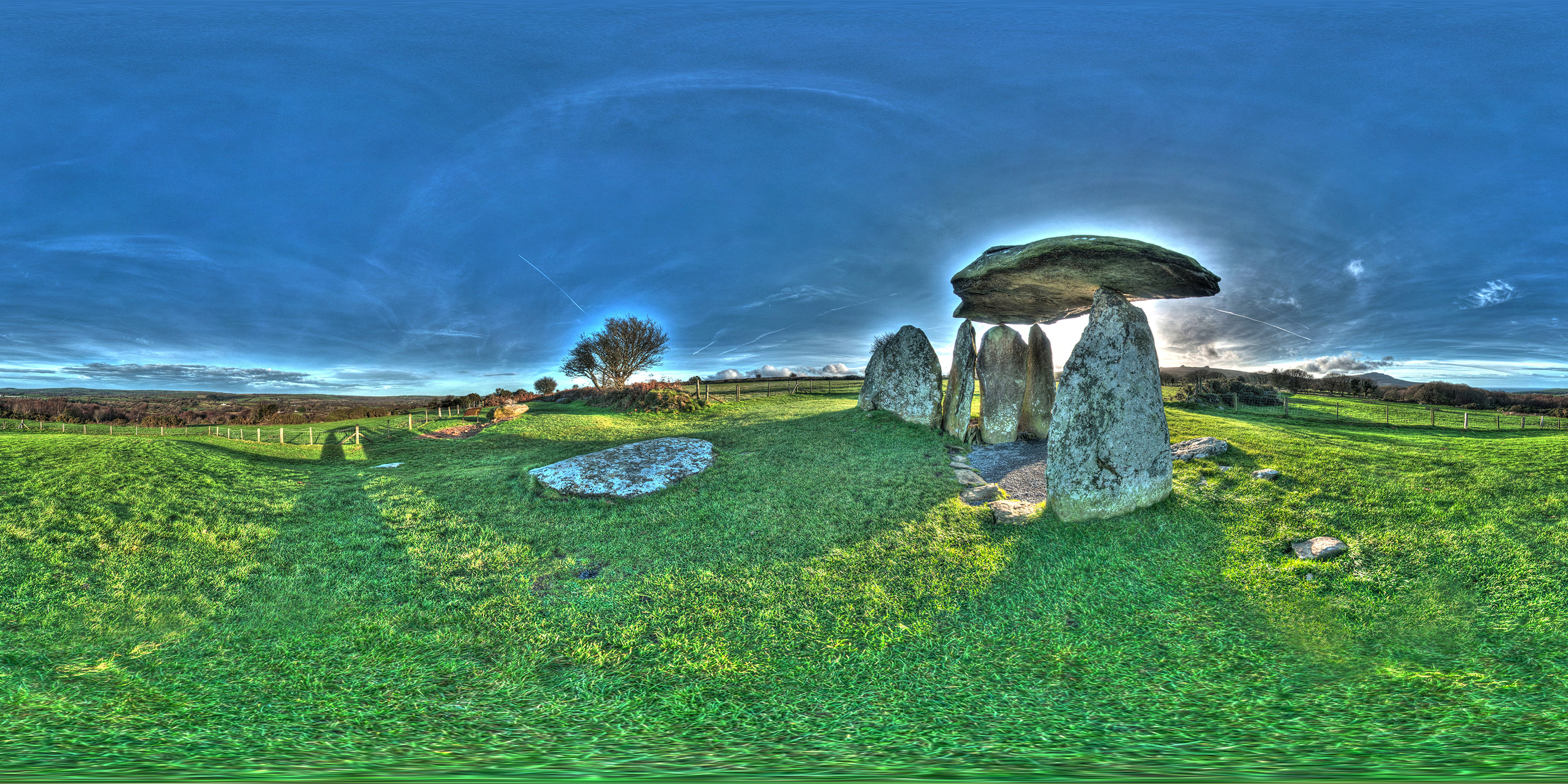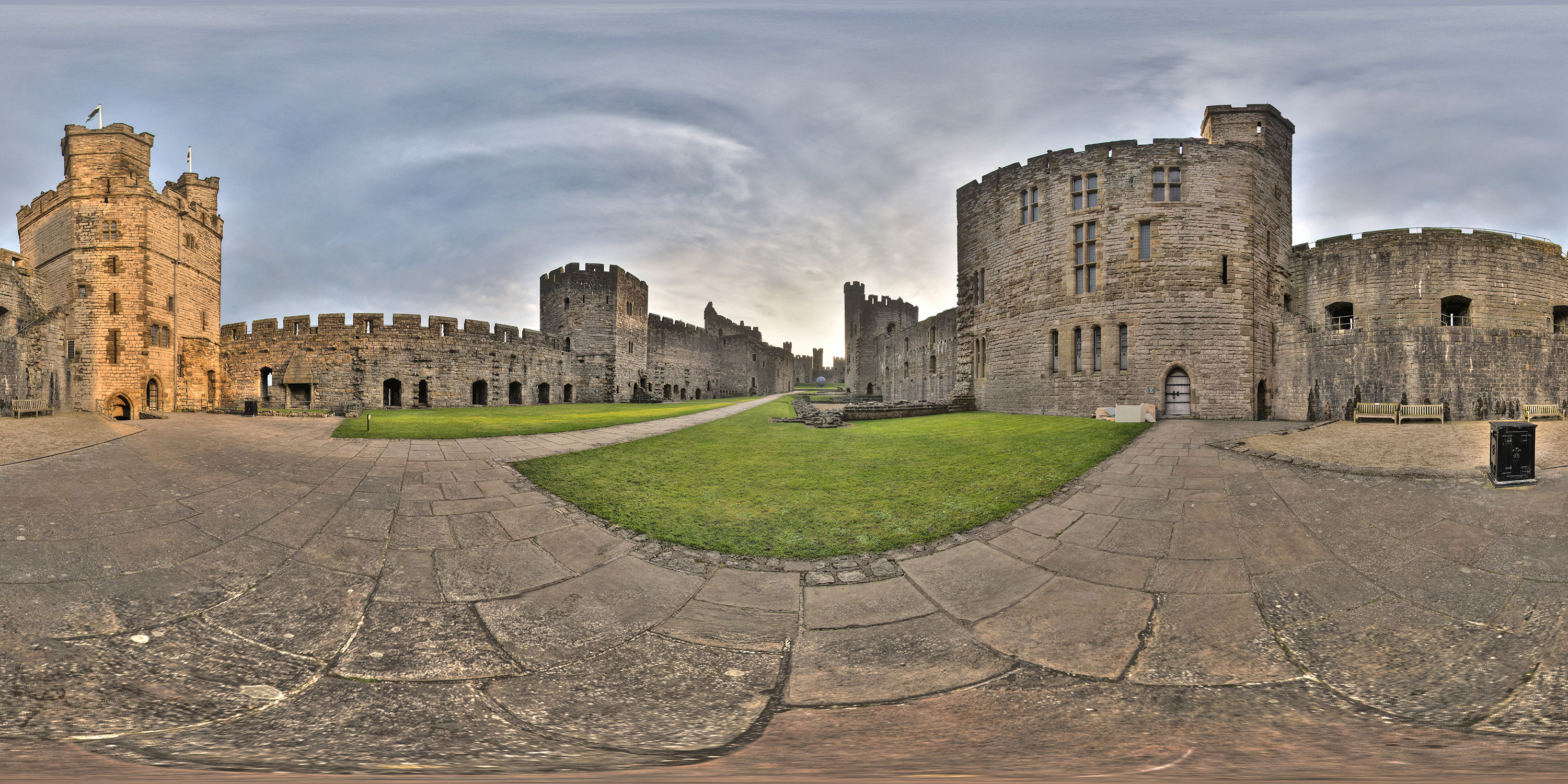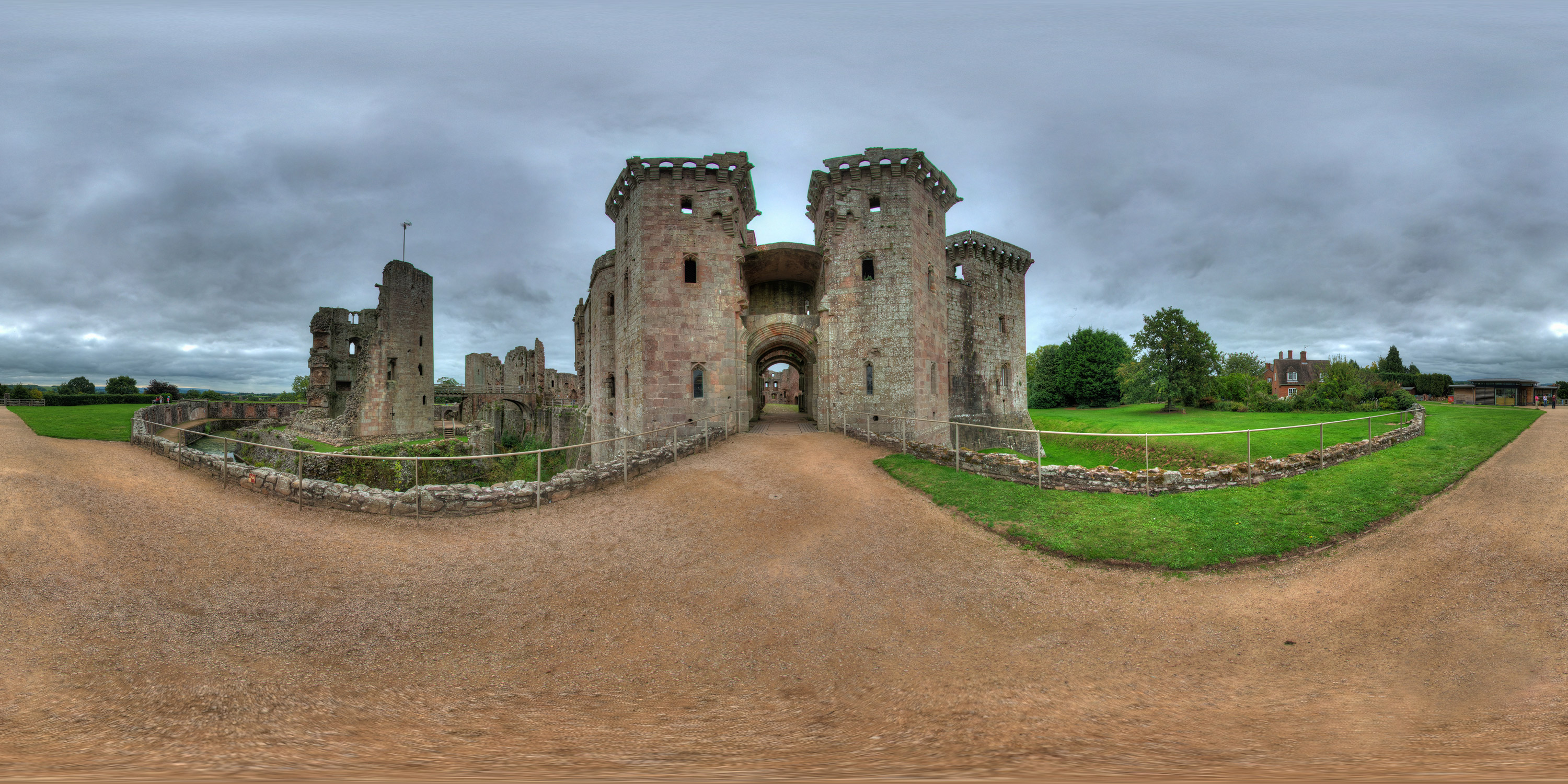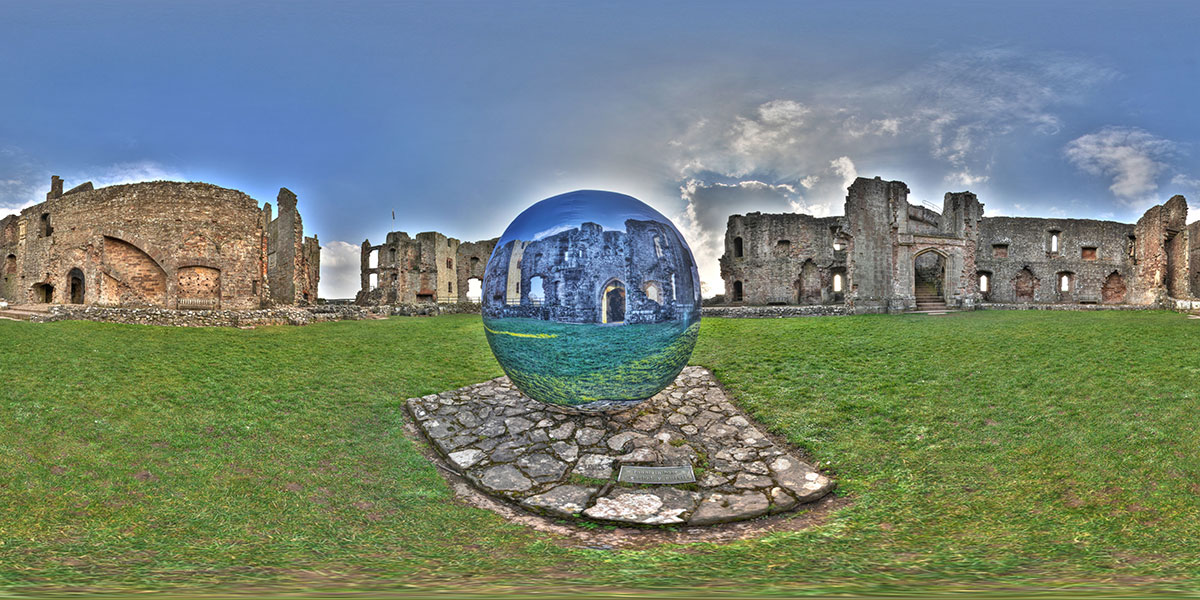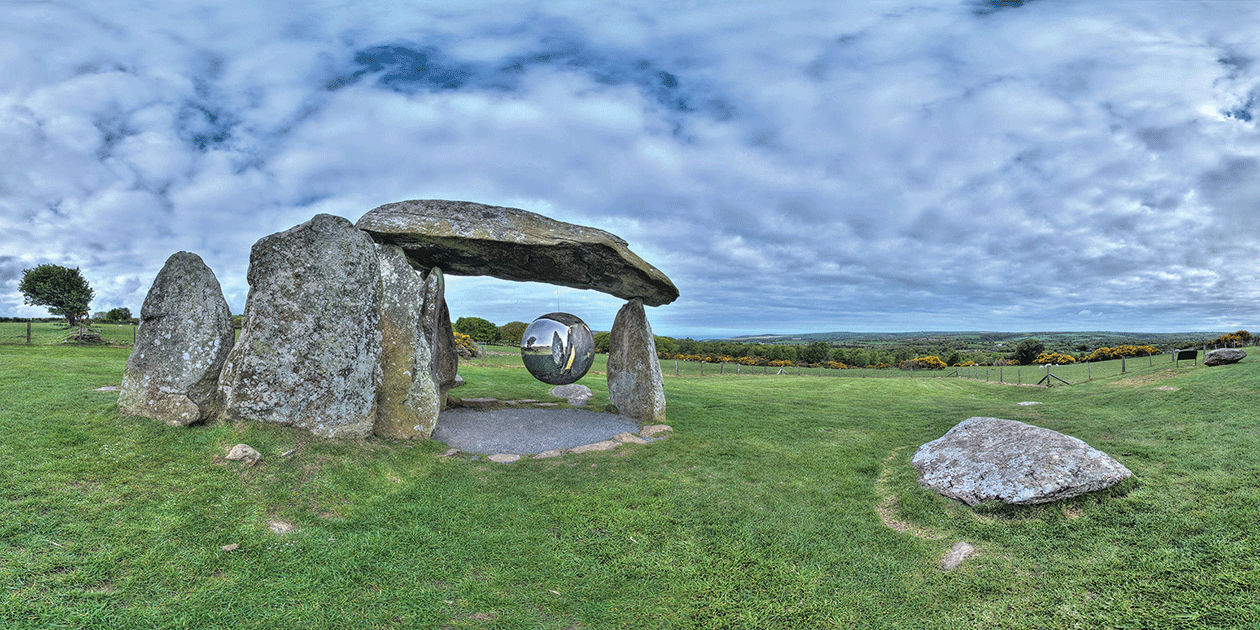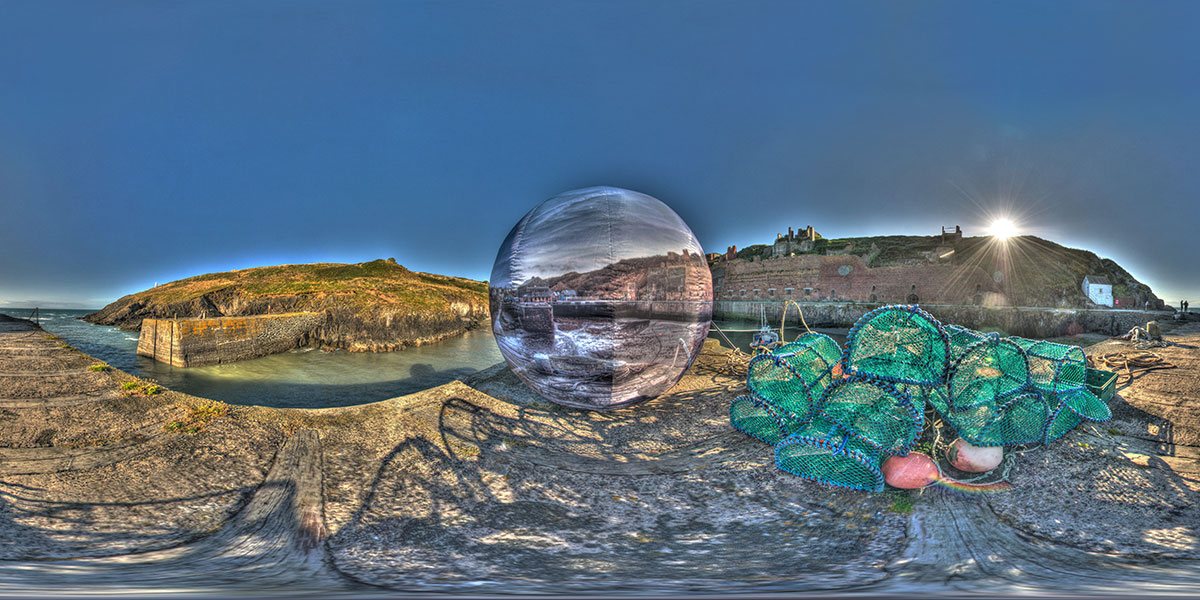Porthgain is a small coastal hamlet on the north coast of St Davids Peninsula. At one time, the harbour exported slate from quarries a few miles south at Abereiddi, Trwynllwyd and Porthgain itself. In later years the slate trade was abandoned, although Porthgain survived by turning to brickmaking, and later to crushed roadstone. In 1987 Porthgain was designated as a conservation area. The harbour, still home to local fishermen, can get very busy in the summer with recreational boaters and hikers.
Month: April 2015
Pentre Ifan is the name of an ancient manor in the civil parish of Nevern, Pembrokeshire, Wales. It contains and gives its name to the largest and best preserved neolithic dolmen in Wales. The Pentre Ifan monument is a Scheduled Ancient Monument and was one of three Welsh monuments to receive legal protection under the Ancient Monuments Protection Act 1882. As it now stands, the Pentre Ifan Dolmen is a collection of 7 principal stones. It is estimated to weigh 16 tonnes and rests on the tips of three other stones off the ground.There are six upright stones, three of which support the capstone. Of the remaining three, two portal stones form an entrance and the third, at an angle, appears to block the doorway.
Din Lligwy hut circle is an ancient village site near the east coast of Anglesey, close to the village of Moelfre in North Wales dating from the Romano-British period. Excavation in the early twentieth century recovered coins and pottery, mainly of the third and fourth centuries A.D., showing that the enclosed settlement had been occupied during the later Roman period. The people who lived here would have been local Britons who lived in roundhouses but adopted much of the lifestyle of the invading Romans. Excavation has revealed a variety of buildings, including roundhouses and rectangular barns or workshops. Smelting hearths and iron slag found in some of these buildings suggest that the site was used for metalworking.
Caernarfon Castle (Welsh: Castell Caernarfon) is a medieval fortress in Caernarfon, Gwynedd, north-west Wales cared for by Cadw, the Welsh Government’s historic environment service. There was a motte-and-bailey castle in the town of Caernarfon from the late 11th century until 1283 when King Edward I of England began replacing it with the current stone structure. The Edwardian town and castle acted as the administrative centre of north Wales and as a result the defences were built on a grand scale.
Raglan Castle (Welsh: Castell Rhaglan) is a late medieval castle located just north of the village of Raglan in the county of Monmouthshire in south east Wales. The modern castle dates from between the 15th and early 17th-centuries, when the successive ruling families of the Herberts and the Somersets created a luxurious, fortified castle, complete with a large hexagonal keep, known as the Great Tower or the Yellow Tower of Gwent. Surrounded by parkland, water gardens and terraces, the castle was considered by contemporaries to be the equal of any other in England or Wales.
Unfortunately due to the current weather conditions I have had to postpone the Caernarfon Castle Photosphere installation.
Stay tuned to the website news as I’ll post the new dates as soon as they are scheduled.

